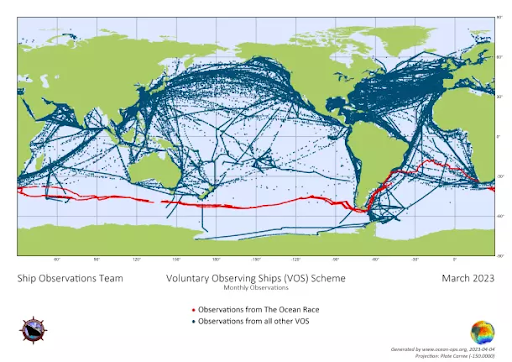Kitangani site located near Mokowe has had underlying hydrological challenges after sand dredged from the channel was dumped at the mangrove site. Over time, the water channels were considerably blocked, which hindered flow of oxygen and key nutrients critical for mangrove regeneration and growth.
In partnership with the KFS, Kenya Forestry Research Institute (KEFRI) and Mangrove Action Project (MAP), Wetlands International commenced restoration efforts of Kitangani site by bringing together a wide group of stakeholders. We engaged local communities through CBOs such as Pate Resources and Tourism Initiative (PRATI) and Lamu Community Forest Association (LAMACOFA), as well as the Kenya Marine and Fisheries Research Institute (KMFRI) and the Lamu County Government.
Debris was cleared from the main water channel to improve biophysical conditions, including soil quality, oxygen levels, and nutrient availability, thereby supporting natural regeneration. Additionally, a site cleanup was carried out, as plastic pollution continues to be a persistent challenge in the Lamu Archipelago. Quadrants were also set for monitoring purposes.
Site selection and partnerships:
Establishing a successful CBEMR demonstration site begins with selecting a degraded mangrove area with high restoration potential and accessibility for community involvement. Consideration of the site's ecological characteristics, such as hydrology, salinity, and species composition is key. Equally important is ensuring clear ownership or tenure arrangements to avoid conflicts and promote long-term sustainability. Strong partnerships are also essential, bringing together government agencies, research institutions, NGOs, and local communities to collaborate effectively. Clear roles, responsibilities, and communication channels among partners will ensure coordinated efforts and efficient resource utilisation. For instance, KEFRI took the lead in monitoring the success of the interventions, while KFS ensured all approvals for the restoration action are in place and relevant actors are mobilised.
Community engagement and technical expertise:
Community engagement is at the heart of a CBEMR demonstration site. Local communities should be actively involved in all project stages, from planning and implementation to monitoring and evaluation. Incorporating traditional ecological knowledge and community perspectives into restoration strategies ensures culturally appropriate and sustainable solutions. This participatory approach has brought a sense of ownership and responsibility among community members, contributing to the long-term success of the project. Furthermore, access to technical expertise in mangrove ecology, hydrology, and restoration techniques is crucial. Engaging specialists from MAP, KMFRI, KFS and KEFRI to conduct site assessments, develop restoration plans, and provide technical guidance ensures that the project is grounded in sound science and best practices. Facilitating knowledge transfer and capacity building for community members and local practitioners empowers them to actively participate in and sustain restoration efforts.
Resource mobilisation and monitoring:
Adequate resources are needed for the successful establishment and maintenance of a CBEMR demonstration site. This includes securing funding for site preparation, restoration activities, monitoring equipment, and community engagement. Mobilising in-kind contributions from partners, such as labour, materials, and technical expertise, can further optimize resource utilisation. Establishing sustainable financing mechanisms is essential for long-term site maintenance and monitoring, ensuring the project's continued impact. A comprehensive monitoring plan is also necessary to track progress, assess the effectiveness of restoration techniques, and document lessons learned. Utilising appropriate monitoring tools and technologies, such as the Mangrove Restoration Tracking Tool and Global Mangrove Watch, enables data-driven decision-making and adaptive management.
Sharing monitoring results with stakeholders through the established national and subnational mangrove management committees promotes transparency and accountability, enhanced collaborative learning and continuous improvement.
Hydrological restoration is key: Addressing the underlying hydrological challenges by clearing the blocked water channels was crucial for facilitating natural regeneration and improving site conditions.
Community involvement is essential: Engaging local communities through CBOs ensured their participation and ownership in the restoration process.
Partnerships enhance effectiveness: Collaboration with KFS, KEFRI, MAP, KMFRI, and the Lamu County Government provided valuable expertise, resources, and support. These groups are further helping with upscaling of successful CBEMR initiatives.
Demonstration sites provide valuable learning opportunities: The Kitangani site serves as a practical example of CBEMR principles, facilitating learning and knowledge sharing among stakeholders.
